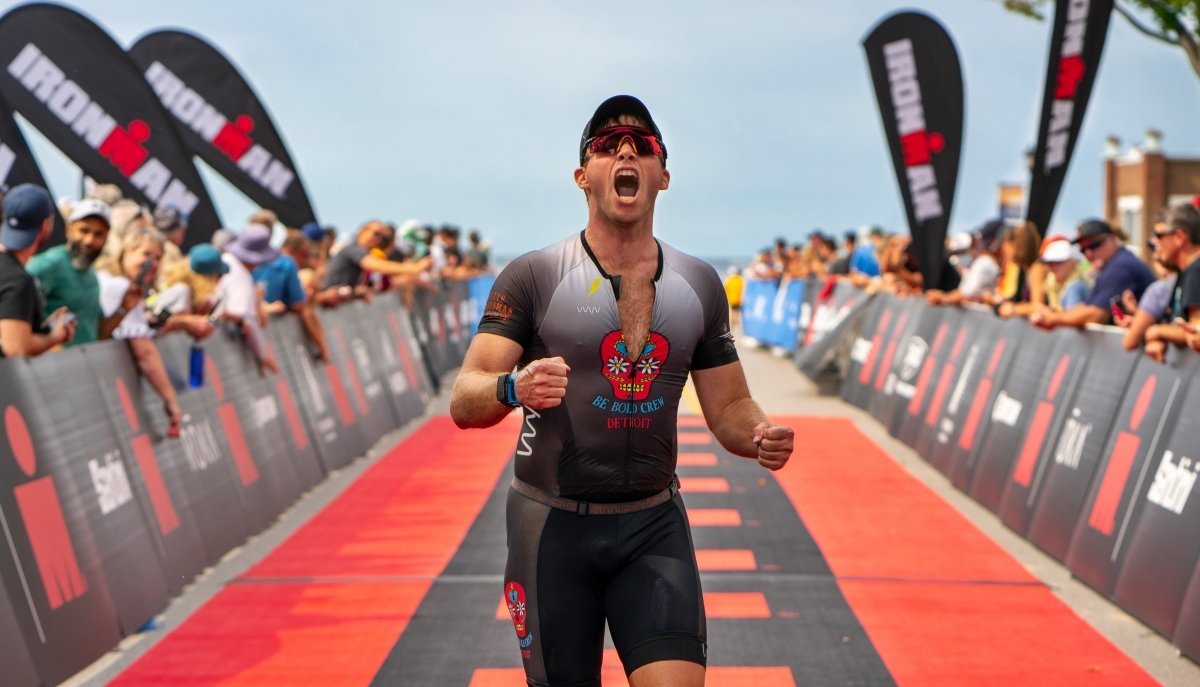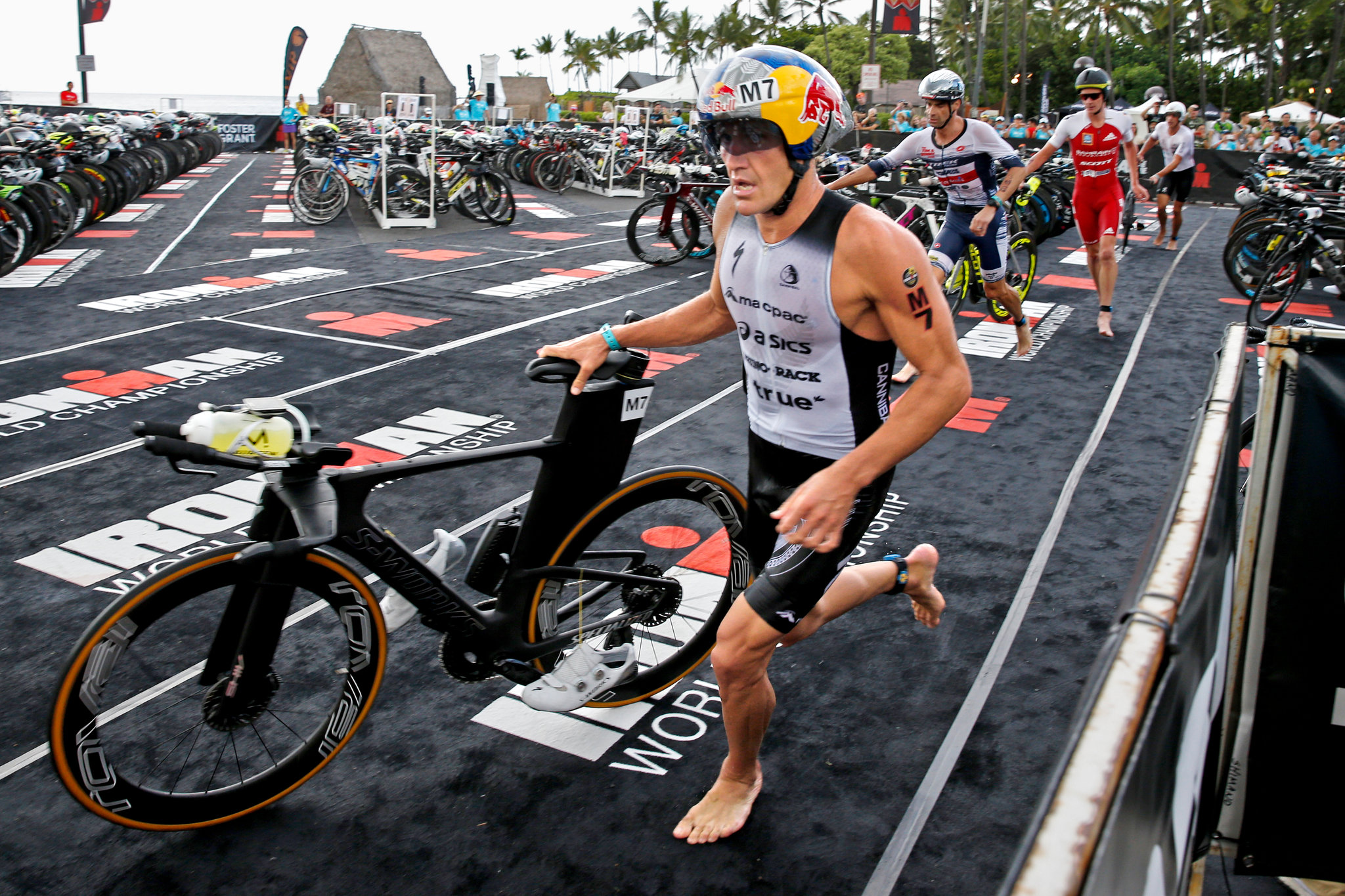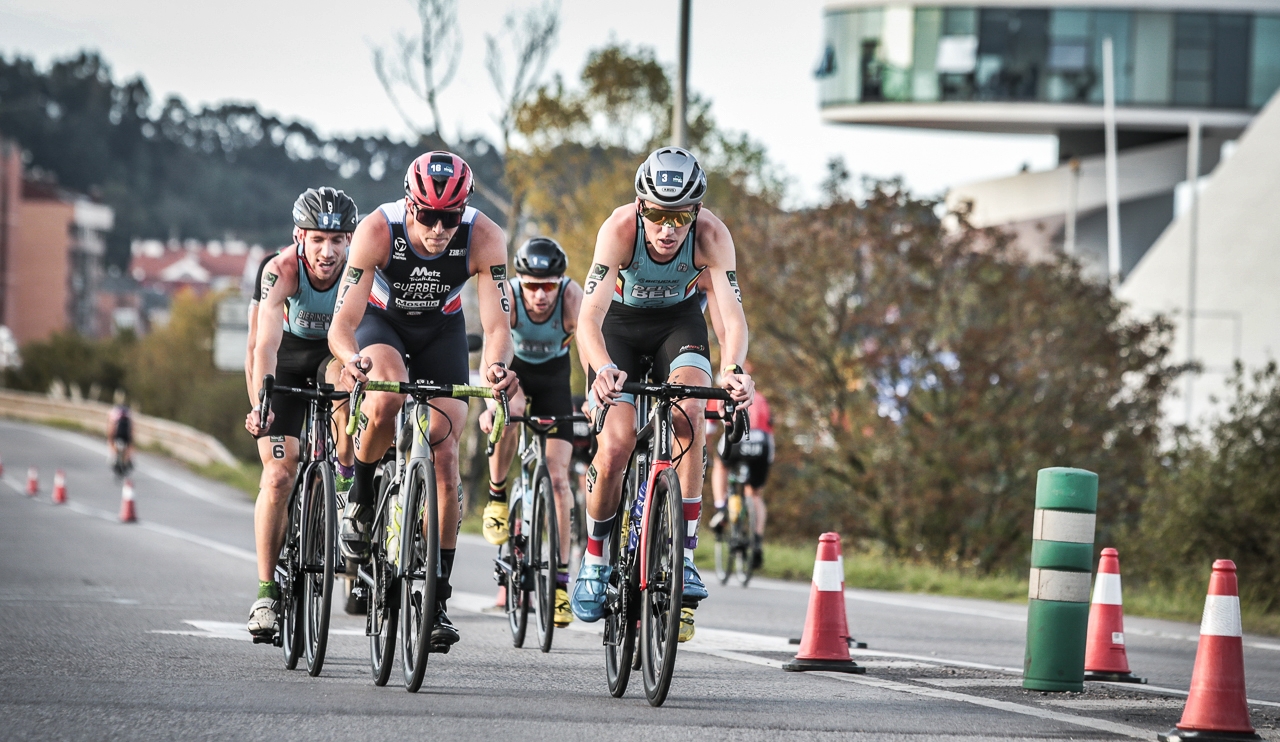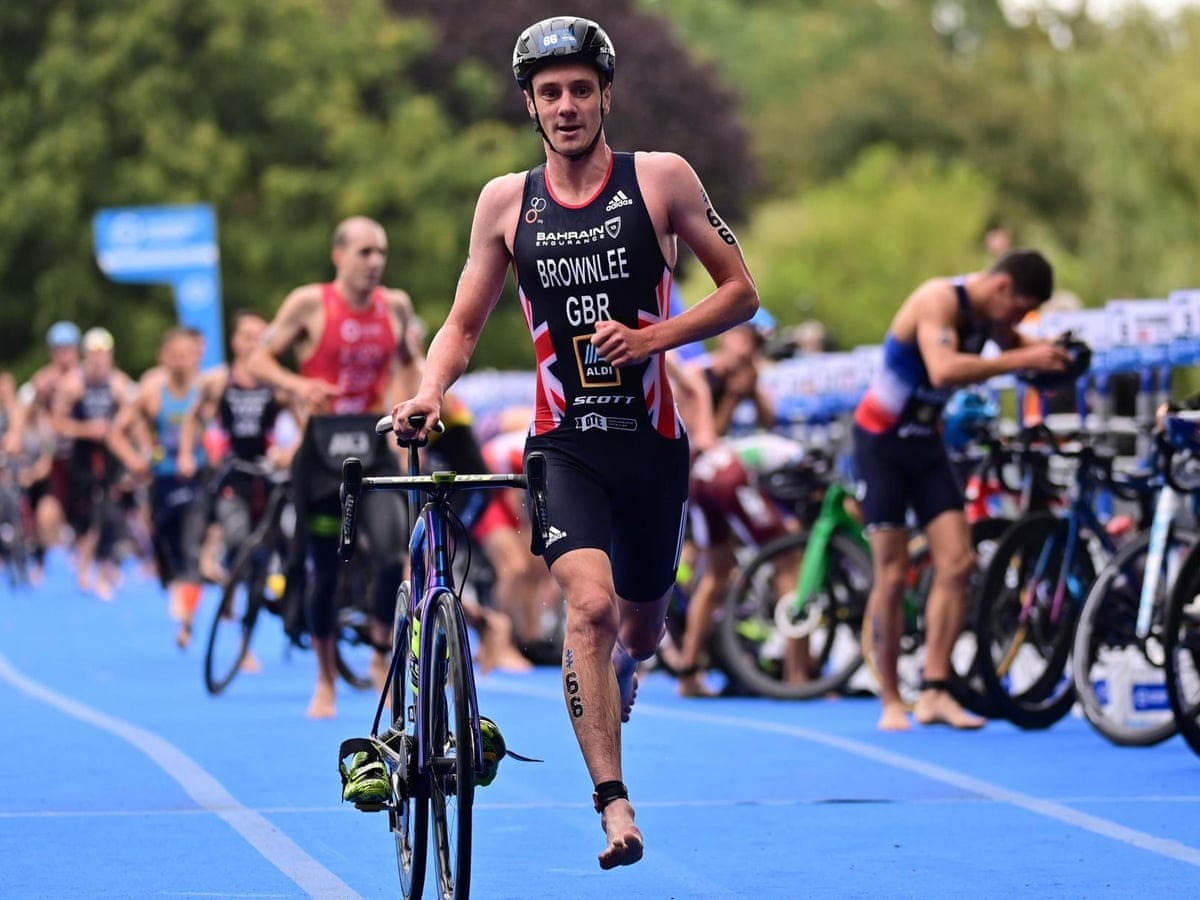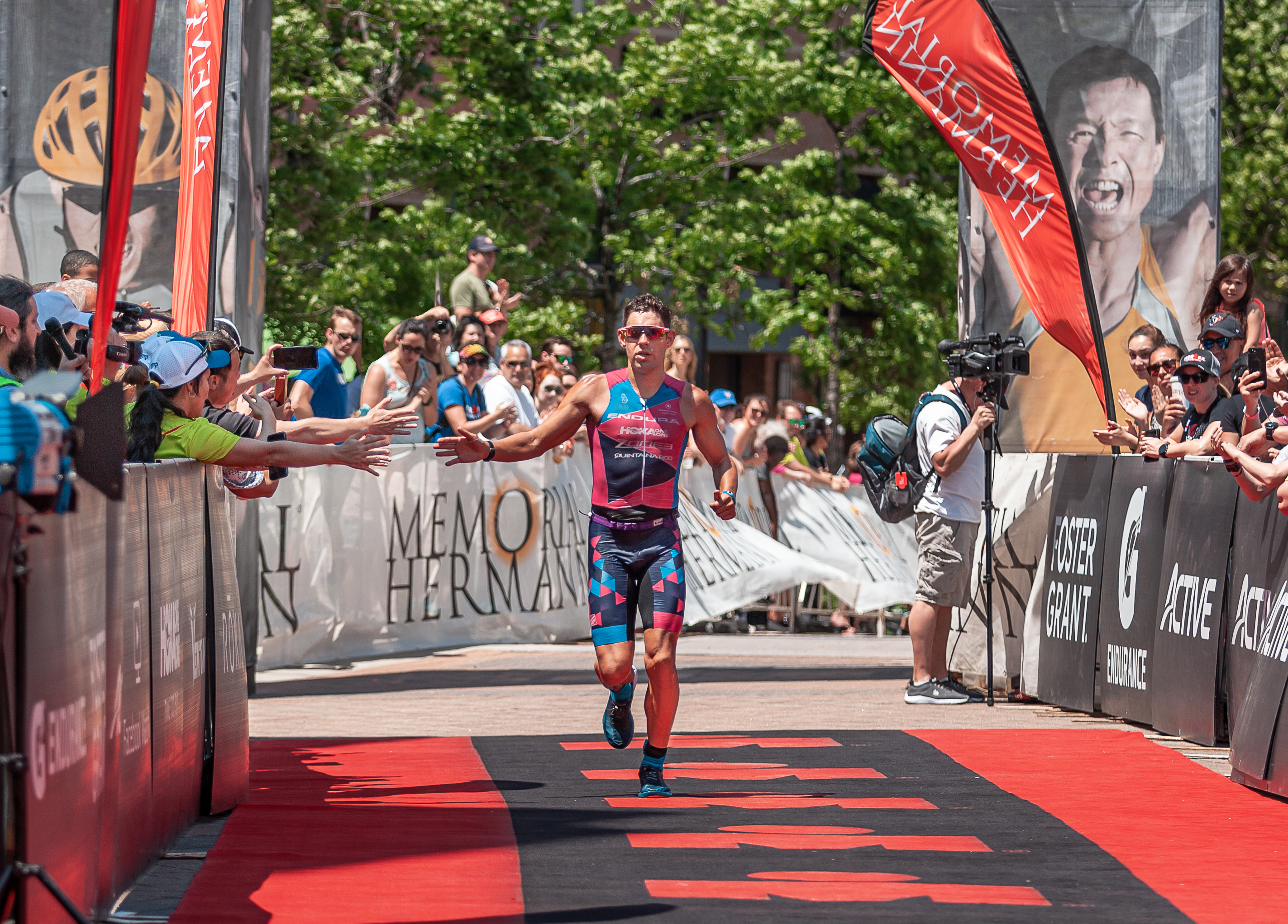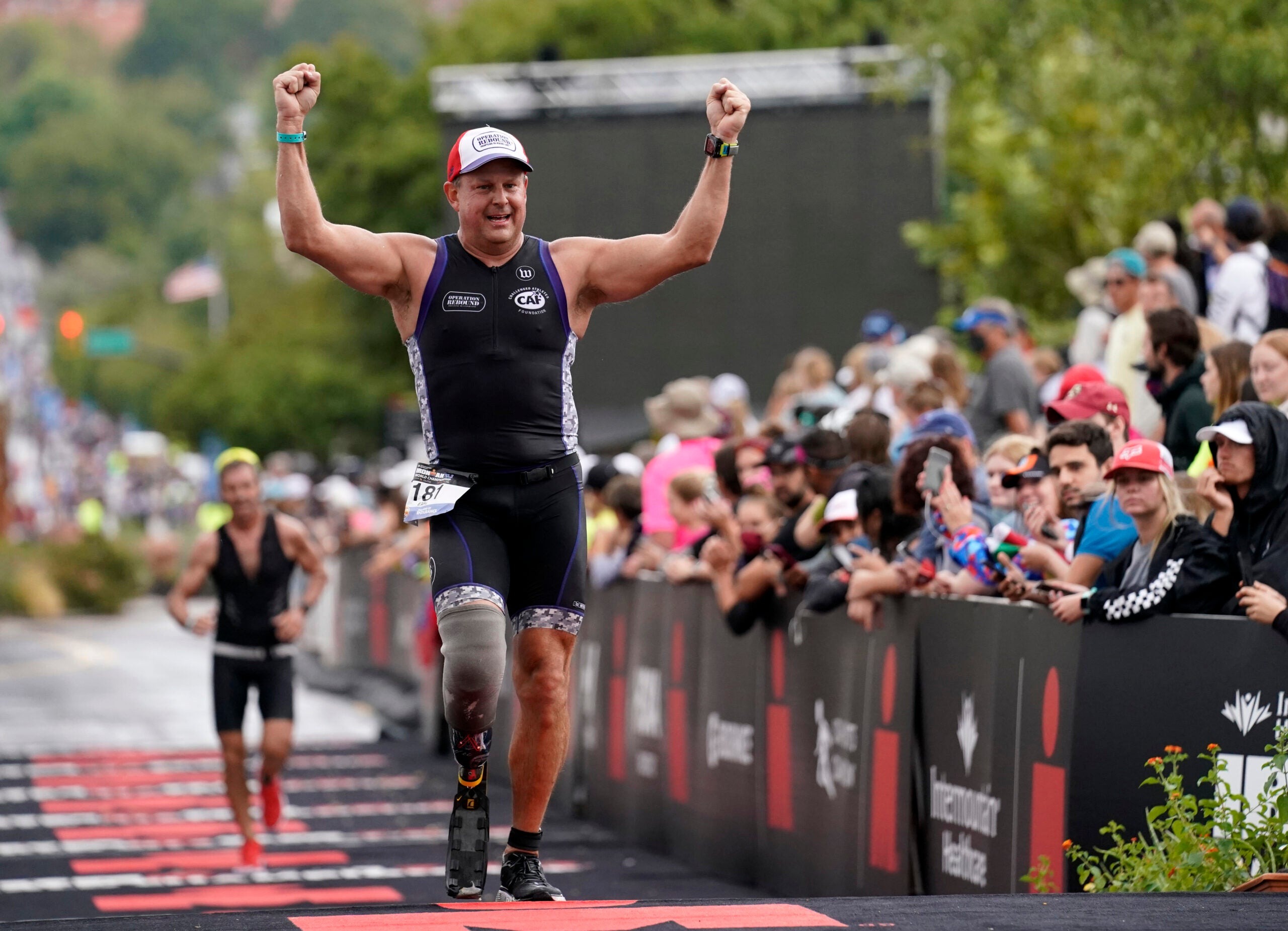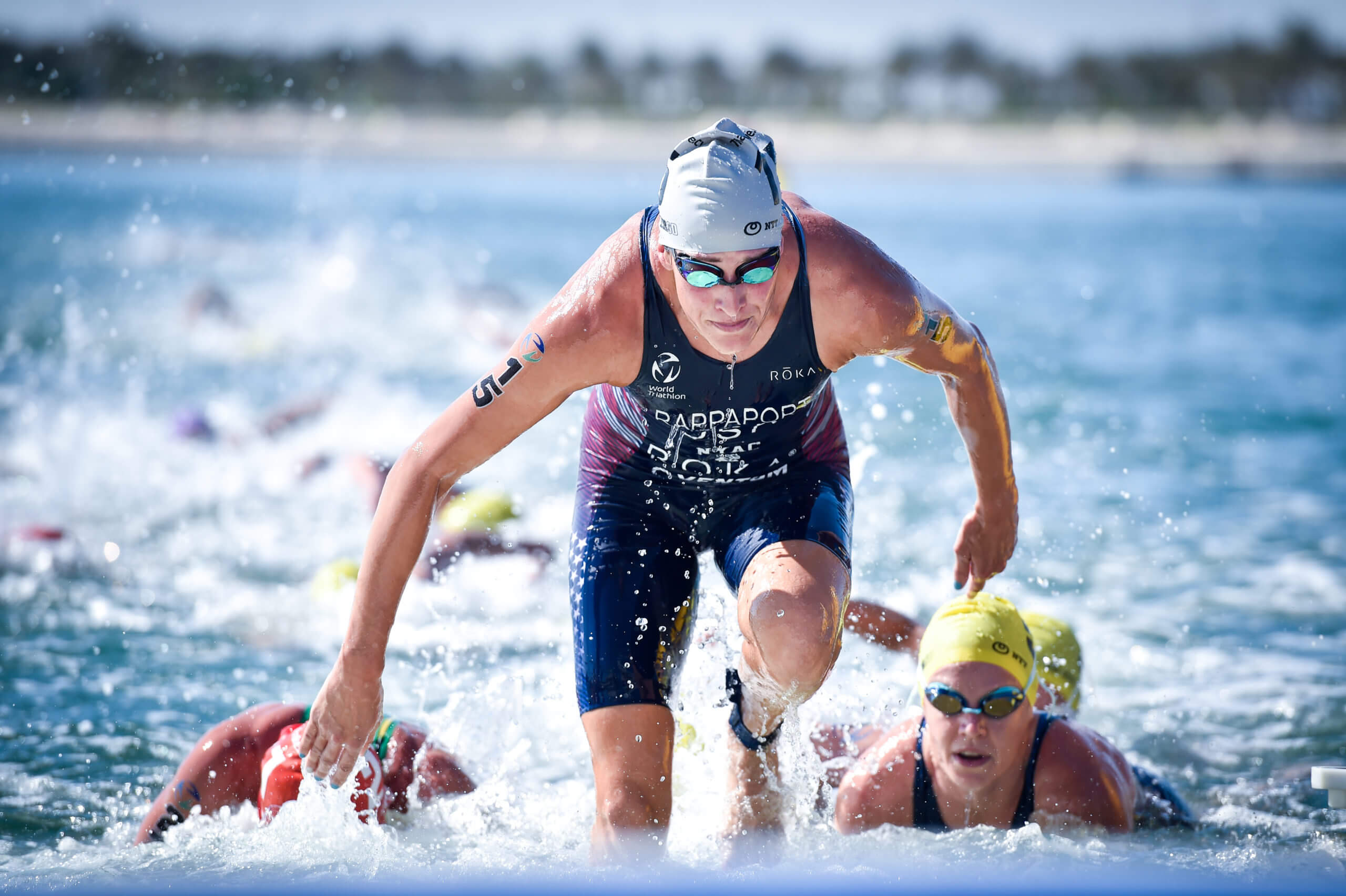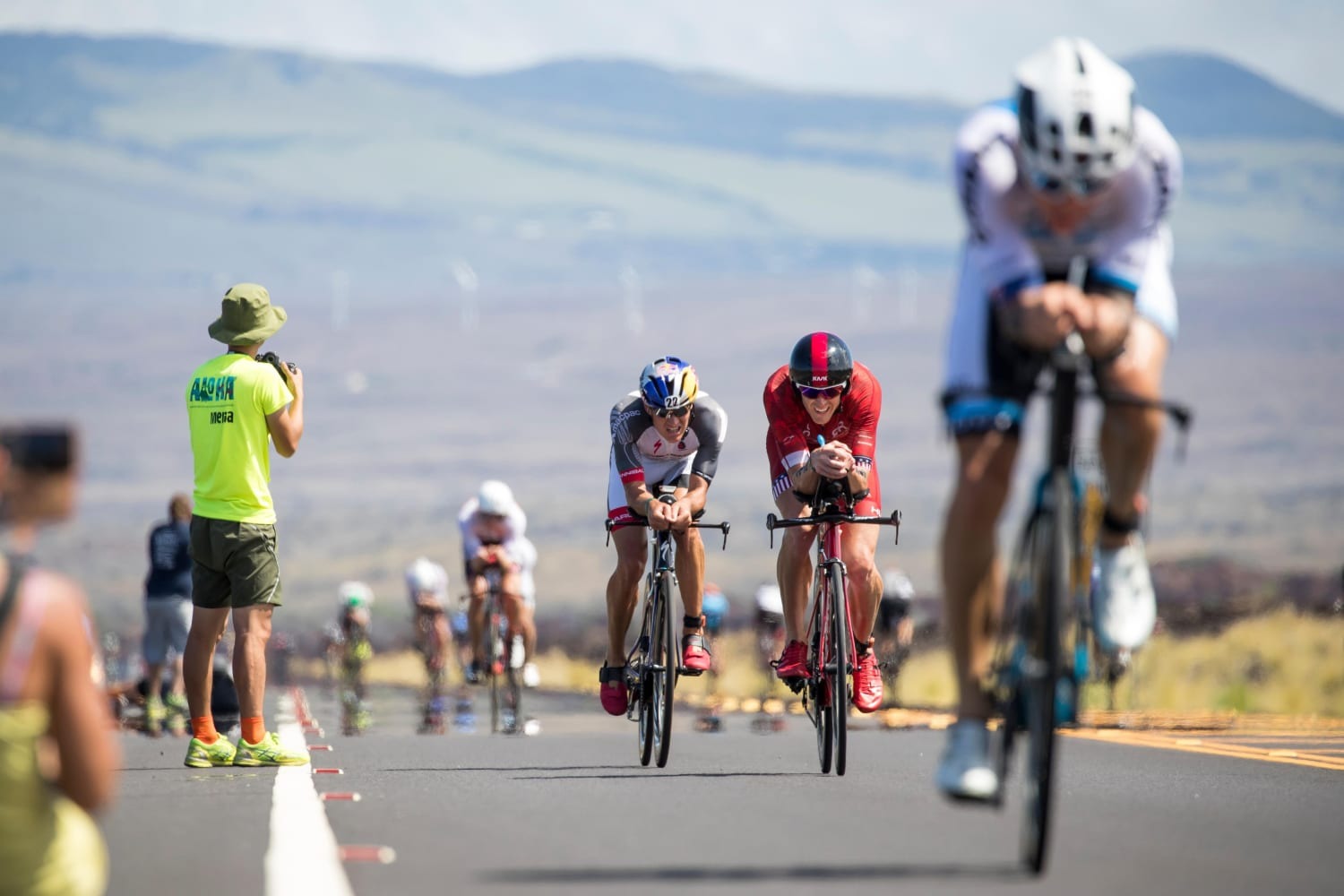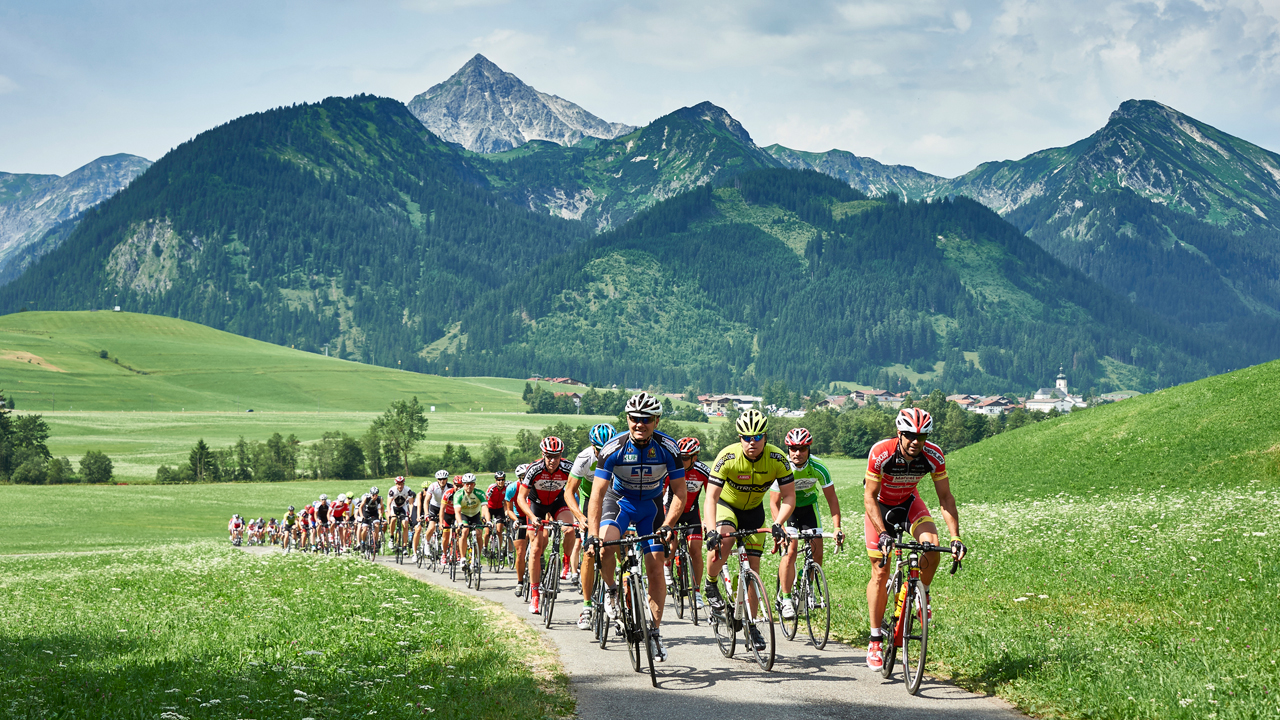

Featured
How Long Is A Bike Marathon
Modified: January 2, 2024
Discover the length of a bike marathon and get featured in the exhilarating world of endurance cycling. Get ready to push your limits and conquer the challenge!
Introduction
A bike marathon is a challenging endurance event that tests participants’ strength, stamina, and determination. It involves covering a long distance on a bicycle within a specified time frame. Bike marathons are popular among both amateur and professional cyclists, attracting participants from all walks of life who are eager to push their limits and achieve a significant personal milestone.
Participating in a bike marathon not only requires physical fitness but also mental preparation. It is a journey of self-discovery and triumph that demands discipline, perseverance, and a strong will to succeed. Whether you are a seasoned cyclist looking to take on new challenges or a novice rider aiming to complete your first marathon, understanding the length and complexity of this event is essential.
In this article, we will explore the different aspects of bike marathons, including the typical distance, factors that influence their length, training methods, and tips for successfully completing a bike marathon. By the end, you will have a comprehensive understanding of what it takes to participate in and conquer this exhilarating event.
Definition of a Bike Marathon
A bike marathon, also known as a cycling marathon or a bike race, is a long-distance cycling event that combines sport, endurance, and competition. It involves participants riding their bicycles over a predetermined course, aiming to complete the distance in the shortest time possible. Bike marathons can take place on roads, trails, or a combination of both, depending on the event’s nature and organizers’ preferences.
Unlike other cycling races, such as sprints or criteriums, bike marathons focus on covering a specific distance rather than reaching a finish line first. The primary objective is to challenge oneself and achieve a personal best, rather than competing against other participants directly. However, bike marathons can also feature competitive elements, with rankings and prizes awarded to the fastest riders.
Bike marathons can vary in terms of distance, terrain, and difficulty level. Some marathons cover shorter distances, such as 40-60 kilometers (25-37 miles), while others can stretch up to 200 kilometers (124 miles) or more for the truly adventurous and experienced cyclists. Each marathon has its unique characteristics, offering riders a chance to explore new landscapes and conquer various challenges along the way.
Bike marathons are typically organized as one-day events, with participants starting and finishing at the same location. However, multi-day marathons, where riders cover long distances over several consecutive days, are also gaining popularity. These multi-day events add an extra layer of endurance and logistics management, testing the physical and mental capabilities of participants.
Now that we have a clear understanding of what a bike marathon entails, let’s explore the typical distance covered in these events and the factors that influence their length.
Typical Distance of a Bike Marathon
The distance covered in a bike marathon can vary significantly depending on the event’s nature, location, and level of difficulty. While there is no standard distance for a bike marathon, there are some typical ranges that most events fall within.
For shorter bike marathons, the distance usually ranges from 40 to 60 kilometers (25 to 37 miles). These marathons are often designed for beginners or riders looking to experience the thrill of a marathon without tackling an excessive distance. They are perfect for those who are new to the sport or still building up their endurance.
Mid-range bike marathons cover distances between 60 and 100 kilometers (37 to 62 miles). These events attract a wider range of participants, including recreational riders and more experienced cyclists. They provide a good balance between challenge and achievability, allowing riders to push themselves while still enjoying the experience.
Long-distance bike marathons, on the other hand, can exceed 100 kilometers (62 miles) and go up to 200 kilometers (124 miles) or more. These marathons are intended for seasoned cyclists and require a higher level of training, endurance, and mental fortitude. They provide a true test of one’s capabilities and often take participants through various terrains and elevations.
It is important to note that these distances are just general guidelines, and there can be significant variations. Some bike marathons, known as ultra-marathons, cover distances well beyond 200 kilometers, attracting elite cyclists and endurance enthusiasts. These ultra-marathons can range from 300 kilometers (186 miles) to epic challenges exceeding 1,000 kilometers (621 miles).
The choice of marathon distance depends on an individual’s level of fitness, experience, and personal goals. It is essential to select a distance that suits your abilities and allows you to enjoy the experience while still providing a challenge.
Next, let’s delve into the factors that influence the length of a bike marathon.
Factors that Influence the Length of a Bike Marathon
The length of a bike marathon can be influenced by several factors, which determine the distance and difficulty level of the event. Understanding these factors can help participants choose the right marathon and adequately prepare for the challenges they may encounter.
1. Event Type and Difficulty: Different bike marathons cater to various skill levels and preferences. Some events are designed for beginners and recreational riders, covering shorter distances and less challenging terrain. Meanwhile, more advanced marathons may feature longer distances, technical routes, and greater elevation changes to test the skills and endurance of experienced cyclists.
2. Terrain and Elevation: The topography of the marathon route plays a significant role in determining both the distance and difficulty of the event. Bike marathons can take place on flat roads, rolling hills, or even rugged mountainous terrains. Courses with steep inclines and challenging descents tend to be more physically demanding and require additional training.
3. Time Limit: A bike marathon may have a designated time within which participants must complete the distance. This time limit can affect the overall length of the event, as it determines the average speed riders need to maintain. Longer marathons often have more generous time limits to accommodate riders of varying abilities and fitness levels.
4. Organizational Preferences: Event organizers have the freedom to design bike marathons according to their vision and resources. They may choose to create more accessible marathons to attract a larger participant base or prioritize more challenging routes that showcase unique landscapes or landmarks. These organizational preferences can influence the length of the marathon.
5. Location and Route Availability: The availability of suitable routes in a specific location can also affect the length of a bike marathon. Organizers need to consider factors such as traffic, road conditions, and the feasibility of creating a safe and enjoyable experience for participants. Limited route options may result in shorter distances or more repetitive loops.
It’s important to research and consider these factors when choosing a bike marathon to participate in. Understanding the length and difficulty level of the event can guide your training efforts and help set realistic goals. With a deeper understanding of the factors that influence marathon length, we can now move on to discussing training methods for a bike marathon.
Training for a Bike Marathon
Preparing for a bike marathon requires a structured training program that focuses on building endurance, strength, and skills specific to cycling. Here are some essential training methods to consider:
1. Build a Base: Start by establishing a solid foundation of cardiovascular fitness. Incorporate regular rides at a moderate pace to develop endurance and stamina. Gradually increase the duration and intensity of your rides over time, allowing your body to adapt and improve.
2. Interval Training: Incorporate interval training into your regimen to improve speed and power. Alternate between high-intensity bursts of effort and recovery periods to simulate the demands of a bike marathon. This type of training can help increase your overall aerobic capacity and build muscular endurance.
3. Long-Distance Rides: Gradually increase the distance of your rides to mimic the demands of the marathon. Aim to complete longer rides that are at least 80% of the marathon distance to build confidence and test your endurance. These rides will also help you refine your nutrition and hydration strategies during prolonged efforts.
4. Hill Repeats: Include hill repeats in your training to improve your climbing abilities and strengthen your leg muscles. Find a challenging hill and perform multiple climbs, focusing on maintaining good form and using the appropriate gear ratios. Hill repeats will prepare you for the elevation changes you may encounter during the marathon.
5. Cross-Training: Incorporate cross-training activities to enhance overall fitness and reduce the risk of overuse injuries. Engage in activities such as strength training, yoga, or swimming to improve core strength, flexibility, and overall body balance.
6. Nutrition and Hydration: Pay attention to proper nutrition and hydration throughout your training. Fuel your body with a balanced diet that includes carbohydrates, proteins, and healthy fats. Practice on-bike nutrition and hydration strategies to understand what works best for you during long rides.
7. Rest and Recovery: Allow ample time for rest and recovery to avoid overtraining and minimize the risk of injuries. Incorporate rest days into your training schedule and listen to your body if it needs additional rest. Adequate sleep, stretching, and foam rolling are also crucial for recovery.
Remember, consistency and gradual progression are the keys to successful training. As the marathon approaches, taper your training by reducing mileage and intensity to allow your body to fully recover before the event.
Next, let’s discuss some valuable tips to help you complete a bike marathon successfully.
Tips for Completing a Bike Marathon
Completing a bike marathon is a significant accomplishment that requires both physical and mental preparation. Here are some valuable tips to help you reach the finish line successfully:
1. Set Realistic Goals: Establish achievable goals based on your training and fitness level. Whether it’s completing the marathon within a certain time or simply finishing without pushing too hard, setting realistic goals will keep you motivated and prevent unnecessary strain.
2. Pace Yourself: Don’t get caught up in the excitement at the start. Pace yourself throughout the marathon to maintain a consistent effort level. Avoid going too hard too soon, as it can lead to burnout later in the race. Remember, it’s a marathon, not a sprint.
3. Follow a Nutrition Plan: Develop a nutrition plan that suits your body’s needs and practice it during your training rides. Consume a balance of carbohydrates, proteins, and fats before, during, and after the marathon to maintain energy levels and aid in recovery. Carry easily digestible snacks and stay hydrated throughout the event.
4. Dress Appropriately: Wear comfortable, moisture-wicking clothing that suits the weather conditions. Use padded cycling shorts and consider layering to adapt to temperature changes. Don’t forget to apply sunscreen and wear a helmet for safety.
5. Know the Course: Familiarize yourself with the marathon route before the event. Study the elevation profile, road conditions, and potential challenging sections. This knowledge will help you mentally prepare and strategize during the marathon.
6. Take Breaks if Needed: If you feel exhausted or need a short break, don’t hesitate to pull over and rest for a few minutes. Use this time to refuel, stretch, or simply catch your breath before continuing. Remember, an occasional break can rejuvenate you and prevent burnout.
7. Stay Mentally Strong: Endurance events like bike marathons can be mentally challenging. Stay focused, positive, and motivate yourself throughout the race. Use visualization techniques, positive affirmations, or distraction techniques to overcome mental fatigue.
8. Enjoy the Experience: While the focus may be on completing the marathon, don’t forget to appreciate the journey. Take moments to enjoy the scenery, interact with fellow cyclists, and celebrate the milestones along the way. Remember, it’s not just about the destination but also the process itself.
By following these tips, you’ll be well-prepared to tackle a bike marathon and cross the finish line with a sense of accomplishment. Finally, let’s recap what we’ve covered in this article.
Conclusion
Participating in a bike marathon is an exhilarating and fulfilling experience that pushes your physical and mental limits. Understanding the definition, typical distances, factors influencing length, training methods, and tips for completing a bike marathon can greatly enhance your preparation and overall performance.
When embarking on your journey to complete a bike marathon, it is crucial to set realistic goals, pace yourself, and develop a proper nutrition plan. Additionally, familiarize yourself with the course, dress appropriately, and stay mentally strong throughout the event. Remember to enjoy the experience and appreciate the milestones along the way.
Whether you are a beginner or an experienced cyclist, a bike marathon is an opportunity to challenge yourself, surpass your limits, and achieve a significant personal accomplishment. It requires dedication, consistent training, and a resilient mindset. By following the training methods and tips outlined in this article, you can increase your chances of successfully completing a bike marathon and making memories that will last a lifetime.
So, lace up your cycling shoes, hop on your bike, and embark on the remarkable journey of a bike marathon. Push yourself further, experience the thrill of endurance, and discover the strength within you. The road to completing a bike marathon may be long, but with determination and perseverance, you can conquer the challenge and emerge as a stronger cyclist.
